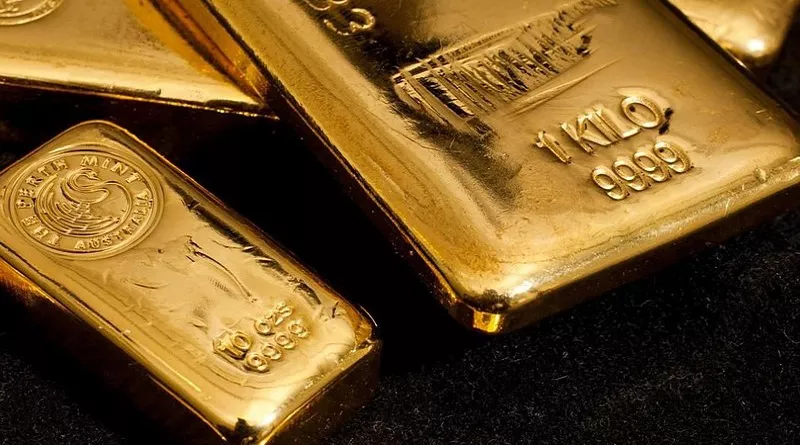Gold prices are receiving a strong boost from Chinese investors as mainland demand pushes bullion closer to last month’s all-time peak. Recent customs data reveals that China imported 127.5 metric tonnes of gold in April — an 11-month high and a 73% increase from March — despite gold trading at a historic high of $3,500 per ounce.
This surge was partly driven by the People’s Bank of China (PBoC), which granted additional import quotas to commercial banks amid robust demand from both institutional and retail investors, triggered by heightened U.S.-China trade tensions earlier this year.
The momentum continues as Chinese investors remain active buyers even after recent price dips. Stephen Innes, Head of Trading and Market Strategy at SPI Asset Management, noted the resurgence in Shanghai Gold Exchange (SGE) trading volumes and open interest, describing it as a sign of strong conviction rather than speculative momentum.
“In spite of an 8% pullback from the recent peak, Chinese traders have held their positions, which has reignited global buying interest,” Innes said. He added that physical premiums on the SGE are breaking through resistance levels, indicating robust demand.
The gold market outlook is supported by light hedge fund positioning in the West and increased volatility premiums, suggesting investors expect further upside.
Beyond short-term price movements, China’s gold accumulation forms part of a broader financial strategy to reduce reliance on the U.S. dollar. Charles-Henry Monchau, Chief Investment Officer at Syz Group, explained that China is gradually building a parallel financial system based on gold and the yuan to enhance economic sovereignty.
“China’s approach is deliberate and strategic: accumulating large gold reserves as a hedge against dollar exposure, while promoting the yuan through initiatives like the Shanghai Gold Exchange,” Monchau said. He also highlighted that actual Chinese gold holdings may be significantly higher than official figures suggest, possibly exceeding 5,000 tons.
This measured strategy contrasts with abrupt moves like Treasury sales that risk market disruption. Instead, gold purchases quietly pressure the dollar’s dominance while providing China a monetary buffer grounded in tangible value.
Monchau described China’s effort not as an outright challenge to the dollar but as a calculated rebalancing aimed at reducing vulnerability to U.S. financial pressure. As global economic dynamics evolve, China’s gold-and-yuan policy positions it as a major player shaping the future monetary landscape.


